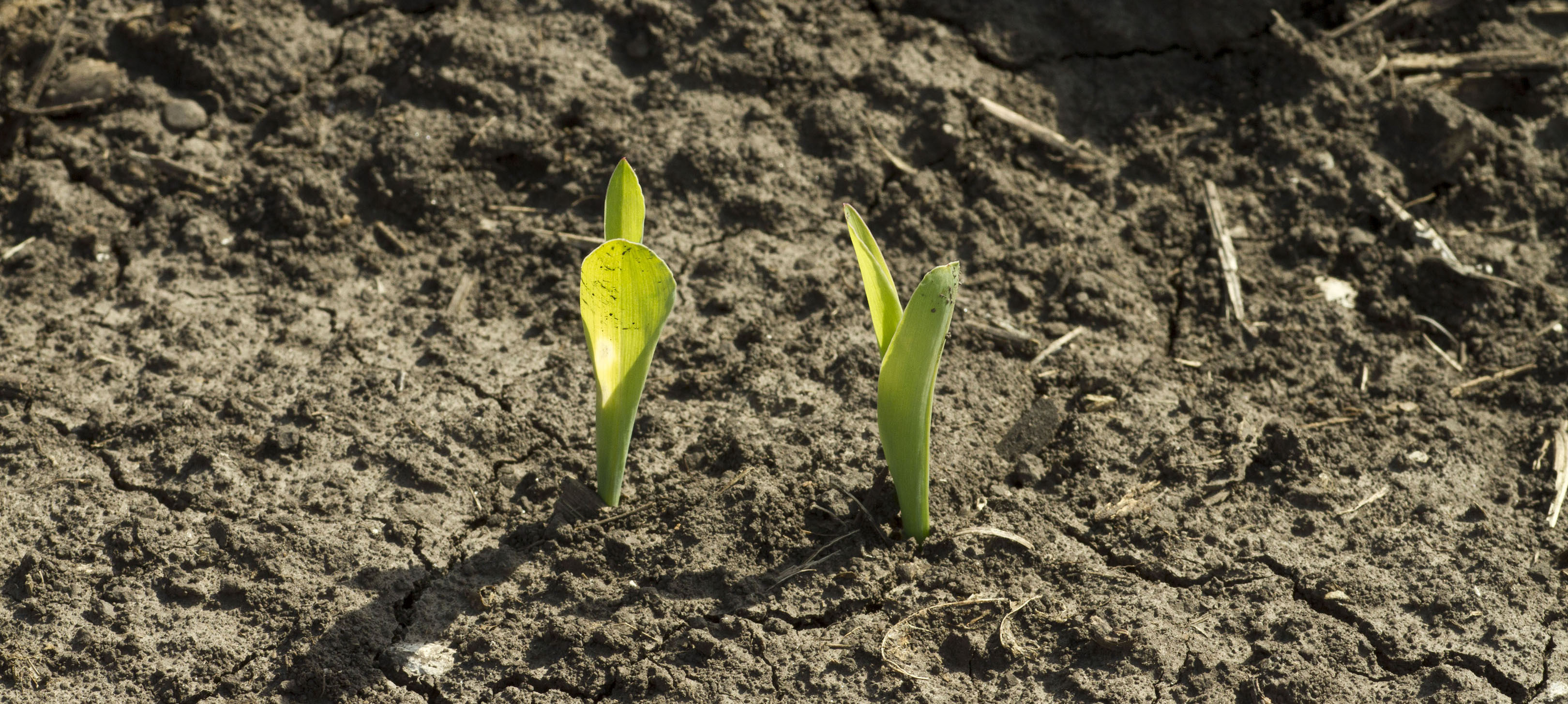Valuing What Really Matters: A Look at Soil Currency
Author: Randall Coleman | Published: July 2016
We have all heard the expression “cheaper than dirt.” But many experts disagree. Soil is a vital resource that the UN’s Food and Agriculture Organization (FAO) estimates contributes about USD $16.5 trillion in ecosystem services annually. In fact, FAO named 2015 the International Year of the Soils in order to highlight the importance of soils in our food system.
Unfortunately, arable soil is depleting very rapidly due to erosion, by around 24 billion tons each year. This rate of erosion is 10 to 100 times greater than the rate at which soil is being replenished. The major contributing factors are urban development, desertification, and industrial agriculture. The use of chemicals, intensive machinery, and monoculture are increasing productivity in the short term but leading to fallow soil and desertification over the long term. The most widely discussed solutions around these issues include polyculture, reforestation, and climate-smart agricultural practices. But, what if the reason we do not see soil being replenished is because we are not properly valuing it? I believe soil can provide a way to increase food access in urban food deserts, increase healthy diets among low-income communities, and shield communities from increasingly volatile global markets. To do this, we can look to the world of economics for a solution.
Some practitioners, artists, and scholars are exploring the idea of soil as a currency. Economists, agronomists, and ecologists have already agreed and estimated the economic benefits we receive from soil ecosystem services. Because we can create certain types of topsoil and because we know how valuable it is, we can create an economic system that is based on the value of soil.

